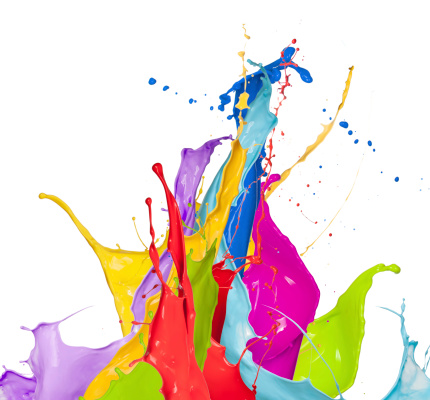By Kayla Matthews
Successful websites require many things, but there’s nothing more important than the essential visuals. Many factors affect whether or not web visitors decide to make a purchase, but the first thing that comes to mind is color.
The complexities involved with color theory are anything but straightforward, so let’s investigate the theory behind what stereotypically causes customers to make purchases in relationship to color theory.
Realize the Statistics
Visual appearance composes a whopping 93 percent of votes for the most important factor in consumer shopping. In addition, color increases brand recognition by 80%.
To put it bluntly, color matters. But there’s a lot more to it than just that.
Learn the Connection Between Color Theory and Shoppers
Here’s a snapshot of the basic associations between shoppers and colors in North America:
Yellow represents youthful optimism. It’s quick to grab attention and demands to be noticed. Shoppers do not ignore anything in yellow, but too much of it for too long can strain the eyes. Successful brands with yellow logos are Cheerios, Best Buy and McDonald’s.
Red stands for vitality. Red gets the heart racing and evokes a sense of urgency, which is why it’s often used to inform shoppers of sales and special deals. Interestingly, researchers at Rochester found that red kept test takers from performing their best. This implies red comes with potentially negative influences, but you wouldn’t know it by looking at Target, Netflix or Coca-Cola.
Blue promotes trust and security. It is seen as a productive color and gives shoppers a sense of ease and reliance. While it’s often used for banks and corporate business, it’s also popular among social media icons; for example, Twitter, Facebook and LinkedIn.
Green stands for money. Although it’s often associated with wealth, green also encourages shoppers to relax and feel at ease. Successful brands that brand in green include Starbucks, Whole Foods Market, Spotify and Android.
Orange is assertive. It immediately generates a call to action, which is why you see orange used for warning signs and in construction zones. To appeal to the impulsive shopper, opt for orange. Harley-Davidson, Firefox and Hooters include orange in their branding efforts.
Pink represents feminine romance. Pink usually relates to anything soft and is typically best used to market to young girls and products strictly targeted for females. Barbie, Dunkin’ Donuts and T-Mobile include pink in their logos.
Black equates to power. The sleek non-color of black brings forth feelings of power and represents luxury and strength. Brands successful with black are often extravagant powerhouses, such as Chanel, Versace and Gucci.
Purple promotes a peaceful, relaxing sentiment. Purple is often associated with the stately and magnificent. We often see purple used for anti-aging and other cosmetic products. Brands that include purple in their logos include Crown Royal, Hallmark and Taco Bell.
Which Colors Convert?
We’ll let you in on a little secret: There is no one color that converts more than others.
The variety of brands listed above proves there’s much more than one color that should be considered in color theory and conversions.
The inherent emotions we’re expected to feel from colors shouldn’t form the basis of our marketing efforts. To successfully incorporate colors into your brand and gain customers, think about using color accents like these and consider the following tips:
Ensure the colors you choose work well together. Ditch the stereotypes associated with colors and consider looking at balance, flow and cohesion in color choices. Did you know there are 5 types of color combinations? Instead of looking for a single color that represents your brand, consider how different color combinations appeal to your general audience and brand loyalists.
Know your audience. What works for one brand will not work for every brand, so it’s important to understand your audience. Trends are different among different demographics, so be sure to conduct the proper research to accurately identify your target audience. For example, some people associate black with evil, others partner it with luxury, and others say it’s synonymous with dull and boring. There’s no way to account for individual biases, so be sure to know as much as possible about your target demographic before deciding on a color scheme for your website.
Use color to make vital website components stand out. Recent studies prove that it’s not about the color of website buttons as much as it’s about the balance and placement of the buttons. Beyond this, website success depends on visual hierarchy and strategically placed call to action, not color alone.
Attempting to decode color theory proves that, in fact, there’s no correct one way to use color on your website. What works for your brand is all about proper balance and giving your audience what it needs, not figuring out a secret color combination for generating more sales.
Kayla Matthews is a blogger with a passion for business solutions, workplace productivity and growth hacking. You can read all of her latest posts by following her on Google+ and Twitter.







